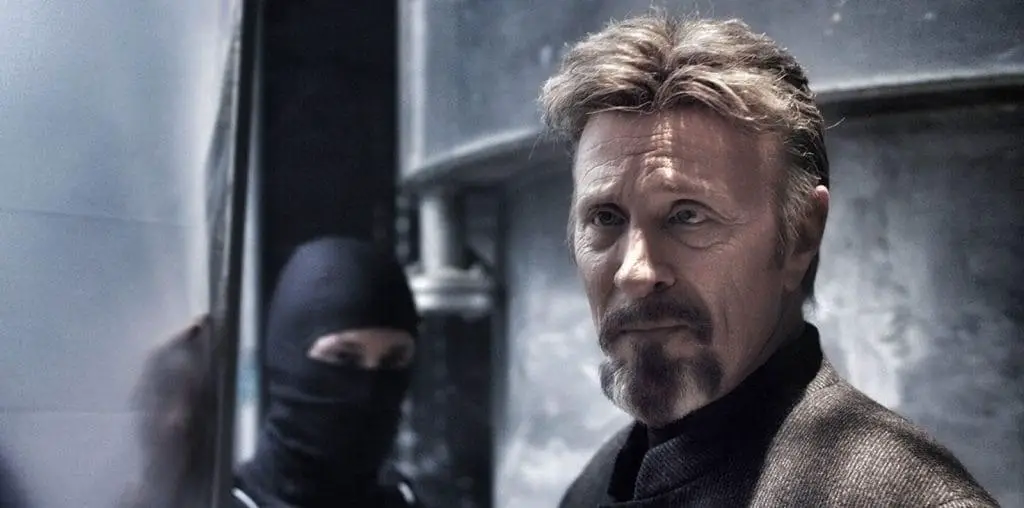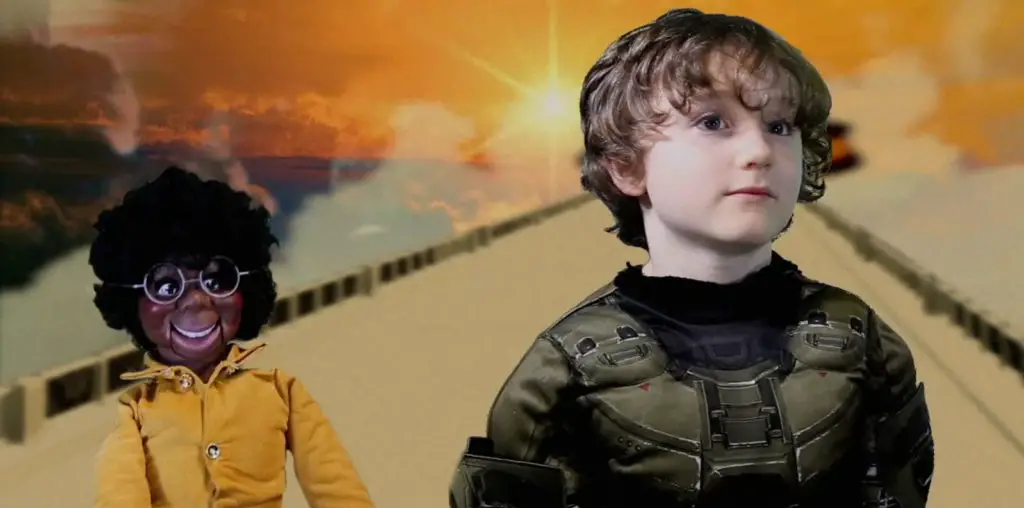
“The Dreamers” is notable for being the first movie in seven years to be released with the caustic NC-17 rating. After its Sundance screening, in which pieces of the more offending scenes were excised from the film, Fox Searchlight considered cutting the final print before it was released in U.S. theaters. However, director Bernardo Bertolucci fought this decision – and eventually he triumphed.
Ultimately, this movie needed an NC-17 rating. Without the full content of the offending scenes (and if you see the film, while you may not know exactly what would have been cut, you’ll definitely know the scenes that would have suffered), “The Dreamers” would have lost its power and its raw look at the world through a naive, young American idealist.
I don’t understand what the big hubbub was about, anyway. I know that NC-17 scares studios because some newspapers refuse to run ads, and some theaters refuse to show the film. But “The Dreamers” would never see any of these screens, anyway. It would never be slated for a wide release in the multiplex to play alongside “Hidalgo” and “Confessions of a Teenage Drama Queen.” This film was destined for art houses and alternative movie theaters around the country.
I remember when “Showgirls” came out with an NC-17 rating. I saw it in Toledo, Ohio while I was in college, and the multiplex had the theater itself roped off and an usher checking tickets just in case some h***y teenage boys tried to sneak in. But who’s gonna try to sneak into the local art house theatre to see “The Dreamers”? It’s not like they can buy a ticket for “Miracle” and then duck into the next room. Chances are, most of these theaters have only a handful of screens and are playing something like “The Barbarian Invasions,” which isn’t even on the radar screen of most h***y teenage boys.
With all that said, I have to admit that I didn’t think “The Dreamers” was worth the controversy.
Matthew (Michael Pitt) is an American student visiting Paris for the year in order to study the French language. He spends much of his time in the front row seats of the movie house, watching everything from Jean-Luc Godard to James Dean. When the movie house is shut down and cinephiles all over the city come to protest, Matthew meets up with Isabelle (Eva Green) and Theo (Louis Garrel). They quickly start a friendship.
The next day, Isabelle and Theo invite Matthew over for dinner, where he meets the rest of their family. While their parents are off on a long trip, Isabelle and Theo invite Matthew to live with them. Over the next months, the three enter into a world among themselves, where they experiment in freedom, independence and sexuality.
Post-middle-aged dreamers from the 1960s are going to love this film. Those that were in the screening I attended did. The guy sitting in the row behind me was wearing a tweed jacket and a beret, for crying out loud. A beret!? In Columbus, Ohio? I’ll bet he had sandals with socks on, too.
Anyway, these aging hipsters are going to find nostalgia in “The Dreamers.” This is about their “people.” This is about the awakening of the adolescent consciousness that happened during the love generation. Also, young hippie-wannabes in college (who haven’t learned the joys of paying taxes and the sad realities of our public school system) are gonna love the film – especially if they wish they could have been alive in the 1960s.
But ultimately, “The Dreamers” spent too much time glorifying the innocence (and often twisted psychosis) of these young adults. There is an abnormality in this French family that Matthew stumbles into, yet the pretense of it being somewhat normal – at least for its era. When the sex and weirdness stops, all we’re left with is pseudo-intellectual discussions from this trio that is found in every dorm across America. Theo’s ideas about the virtues of Mao Tse Tung and Communism is presented as a valid option, even today when we’re living in the wake of the failed governmental system.
All of this was meant to be significant as the story is set against the backdrop of the student riots in France in 1968. But no real introspection happens about why these are happening or why Matthew disagrees with Isabelle and Theo about their need to become involved in the violence.
There is some interesting cinematography that keeps the look of the apartment (which is the location for about 80 percent of the film) fresh. However, some of it – like the use of mirrors and reflections – is overdone and sometimes even misses its mark.
It wasn’t as good as the films it cites, but at least it didn’t bore me.
Disagree with this review? Think you can write a better one? Go right ahead in Film Threat’s BACK TALK section! Click here>>>

